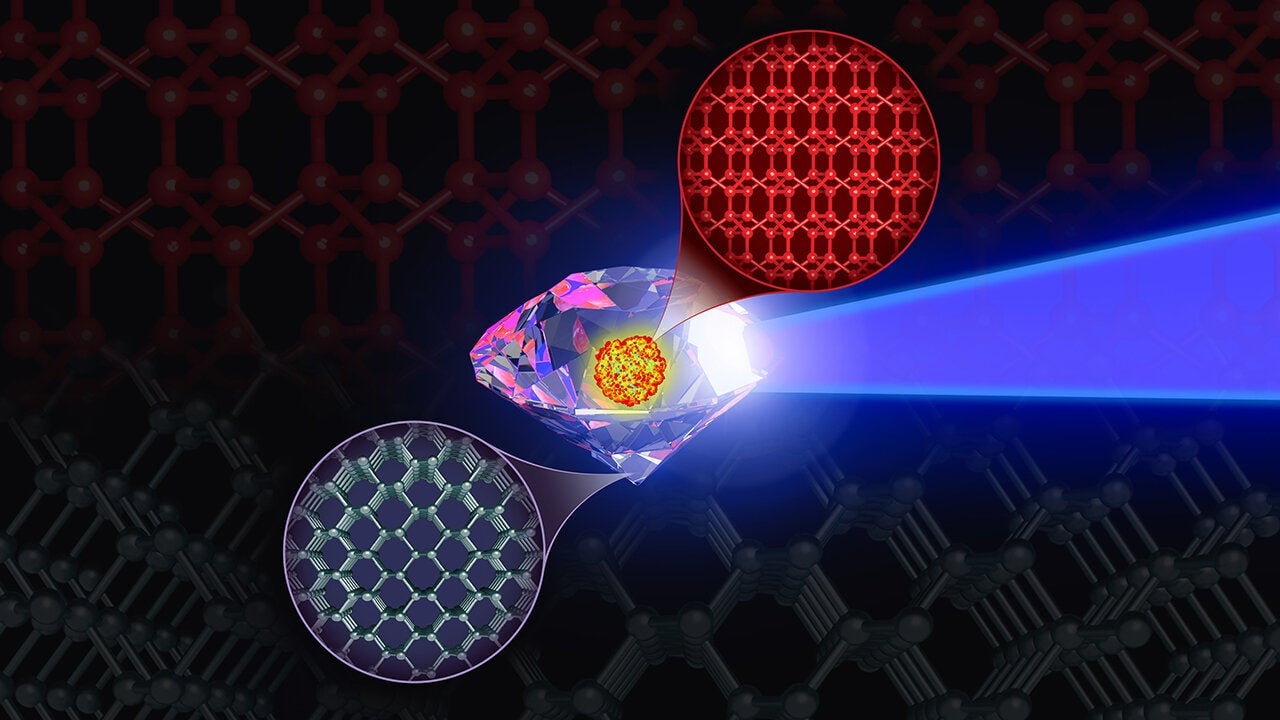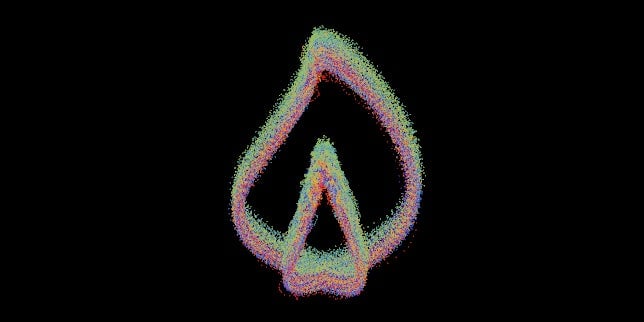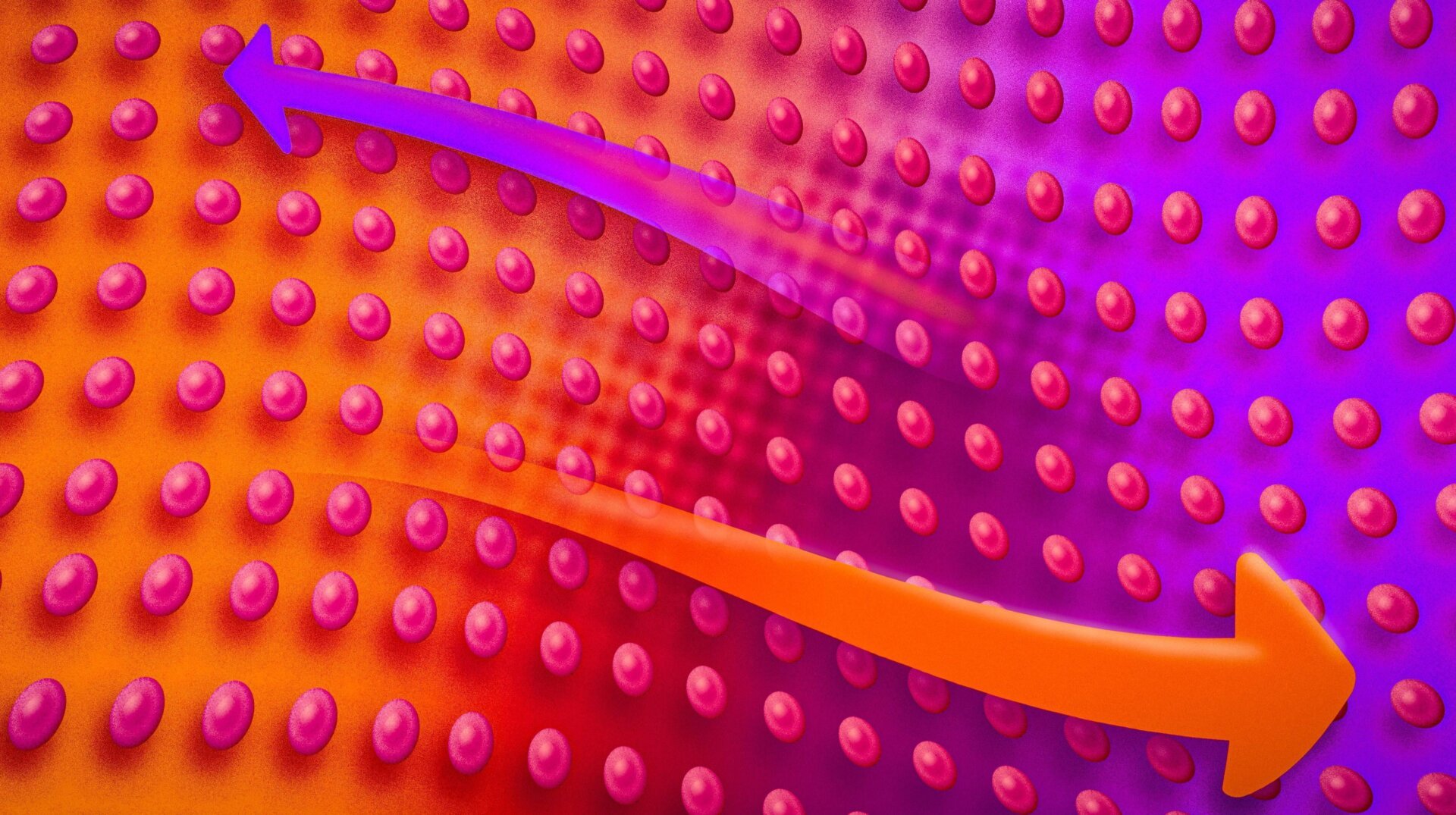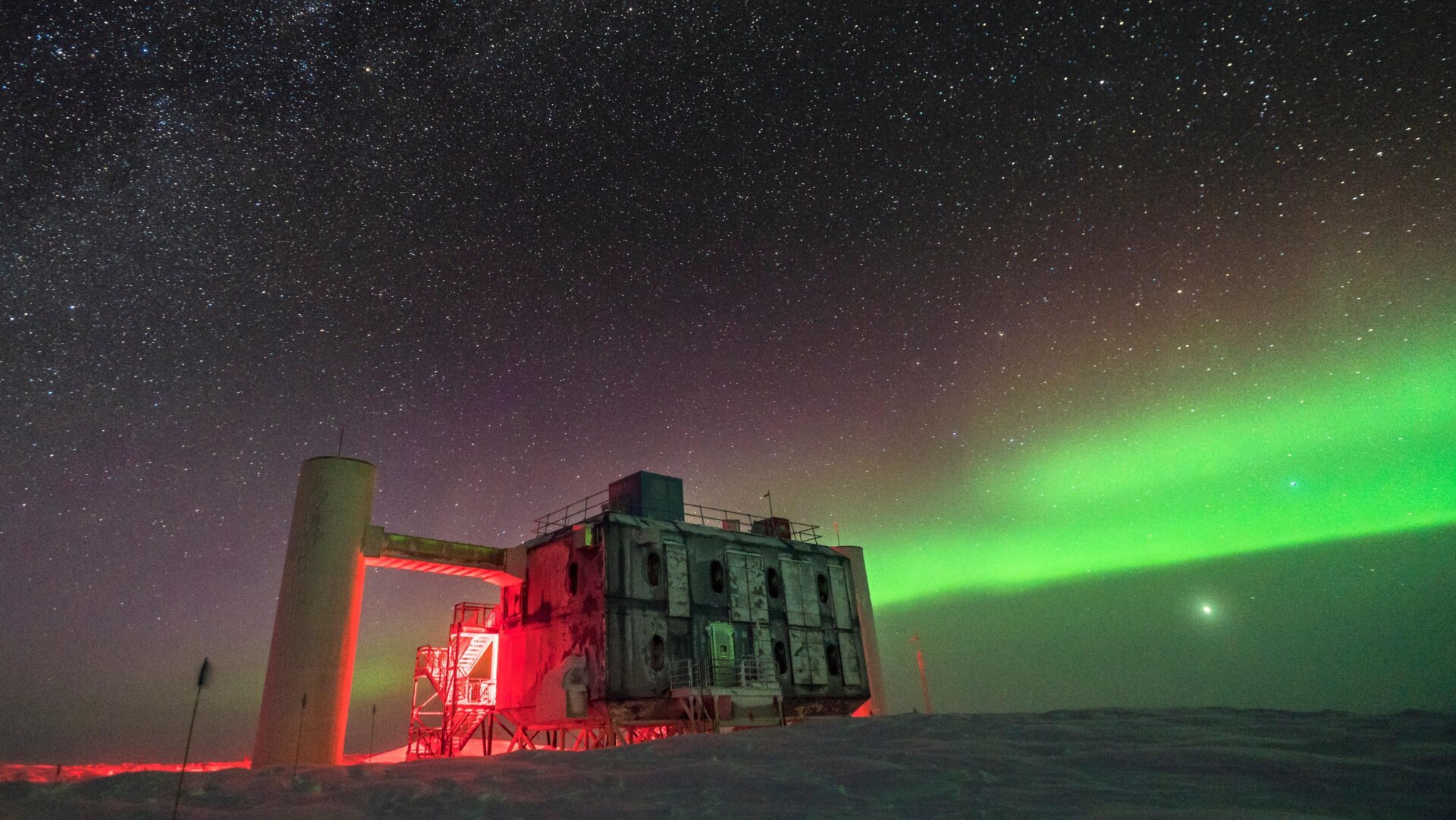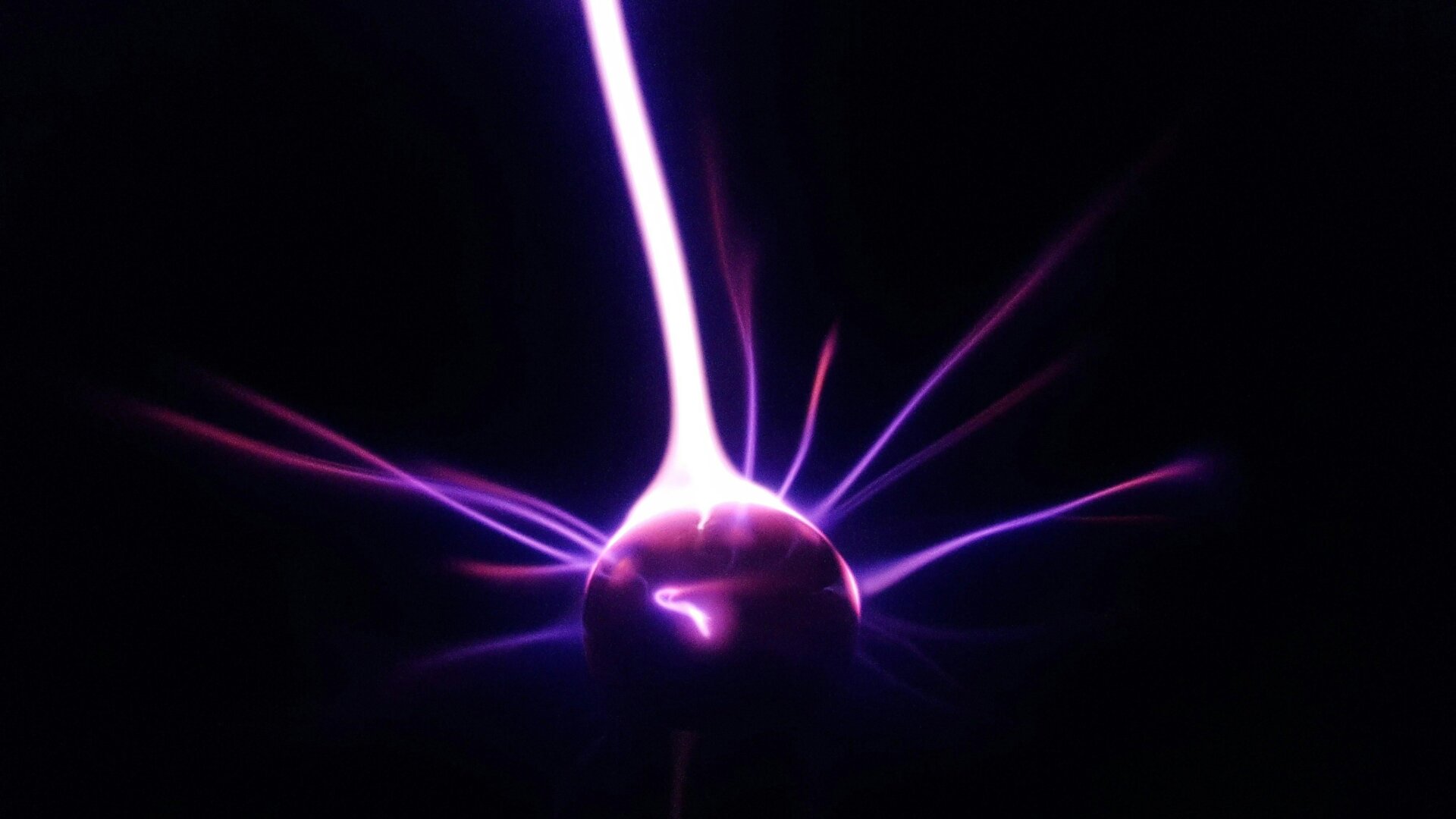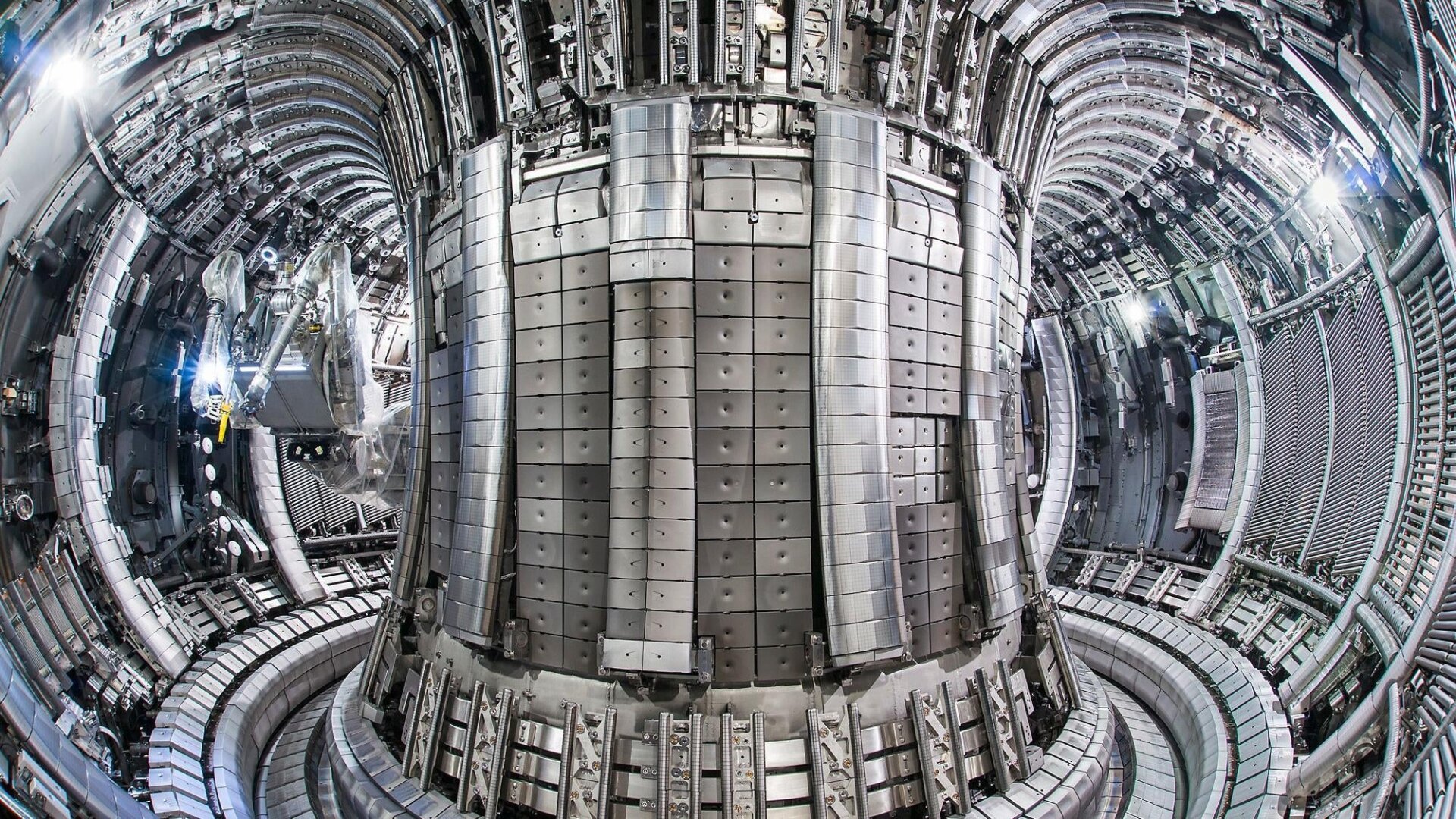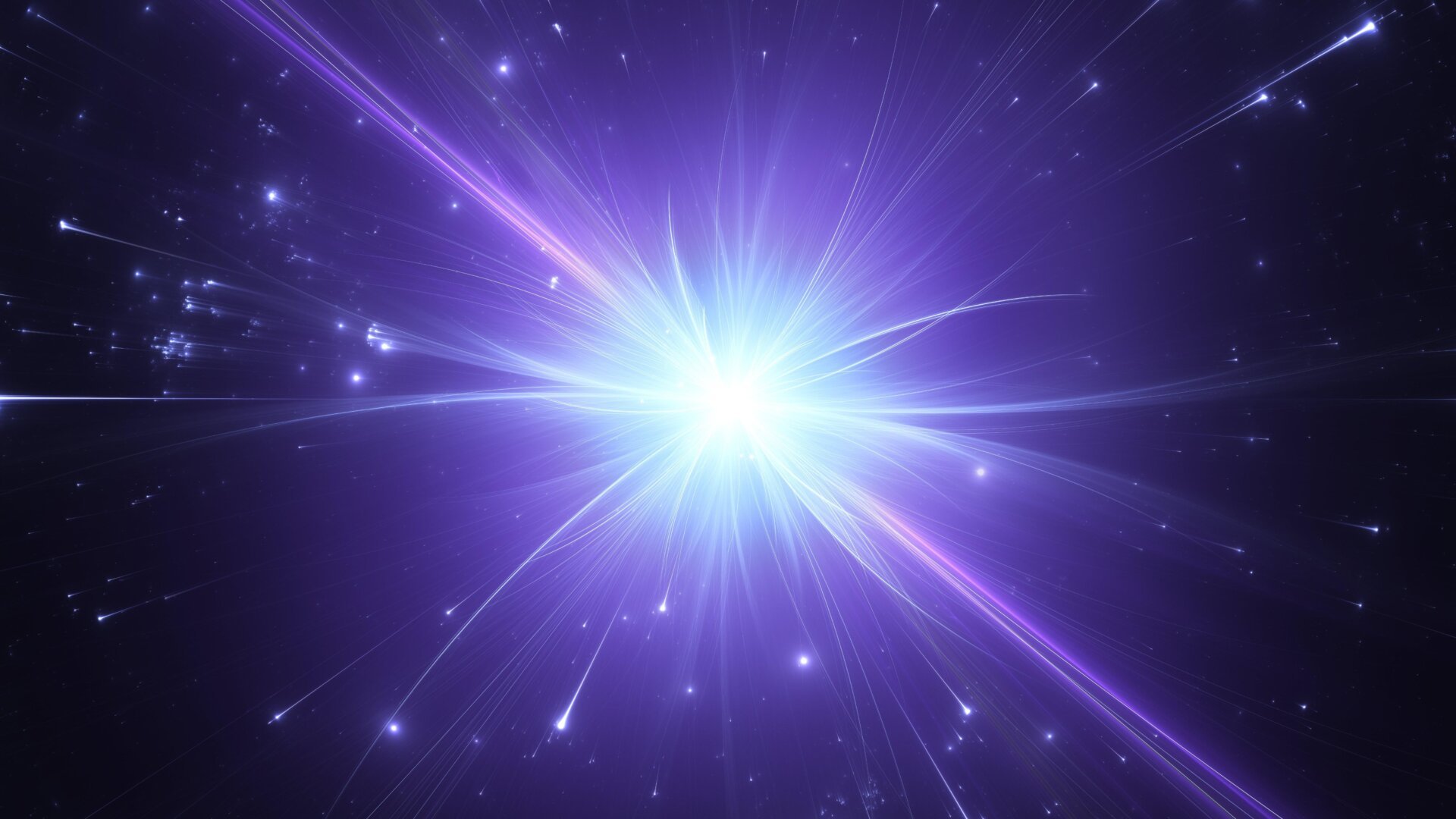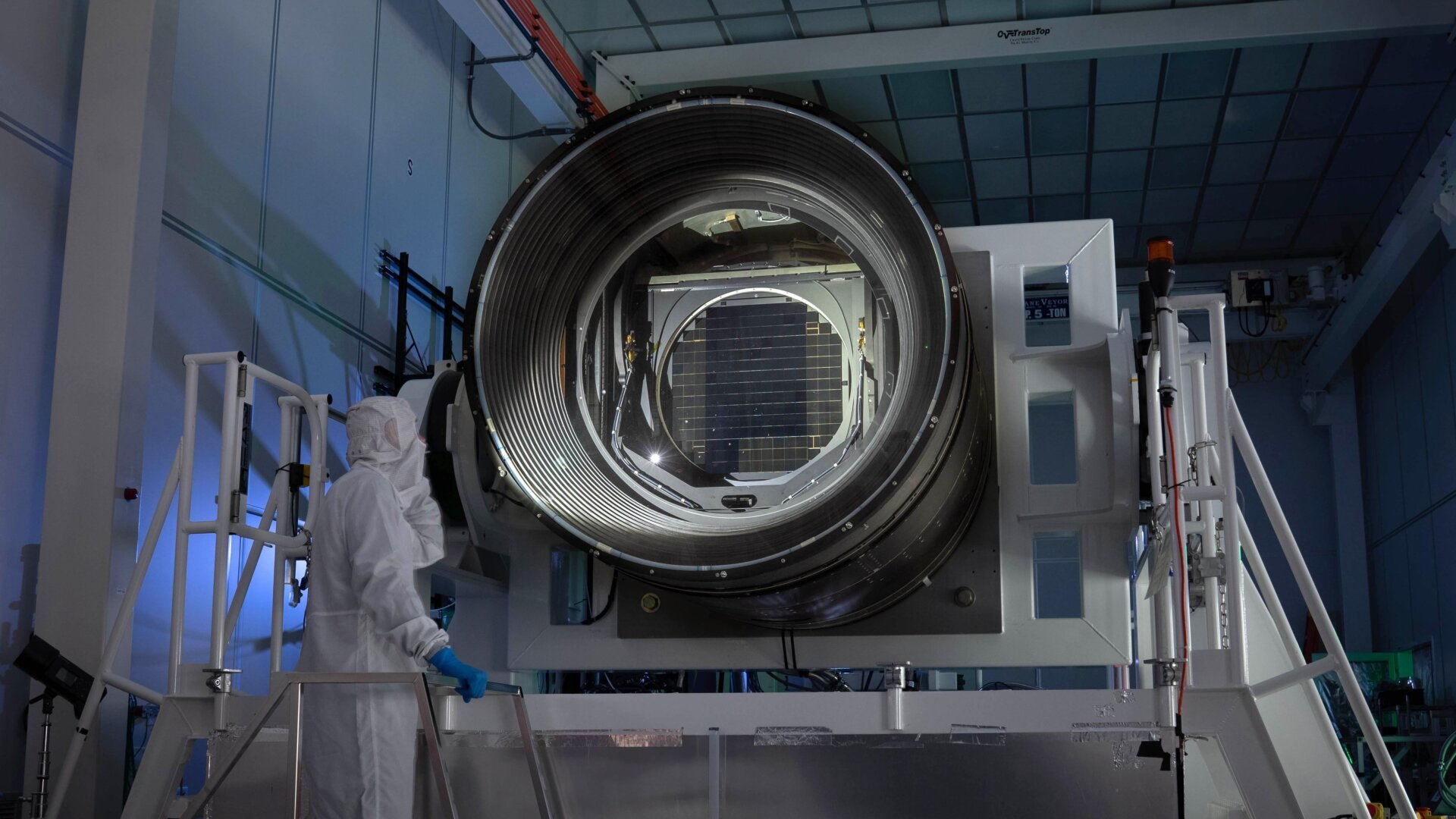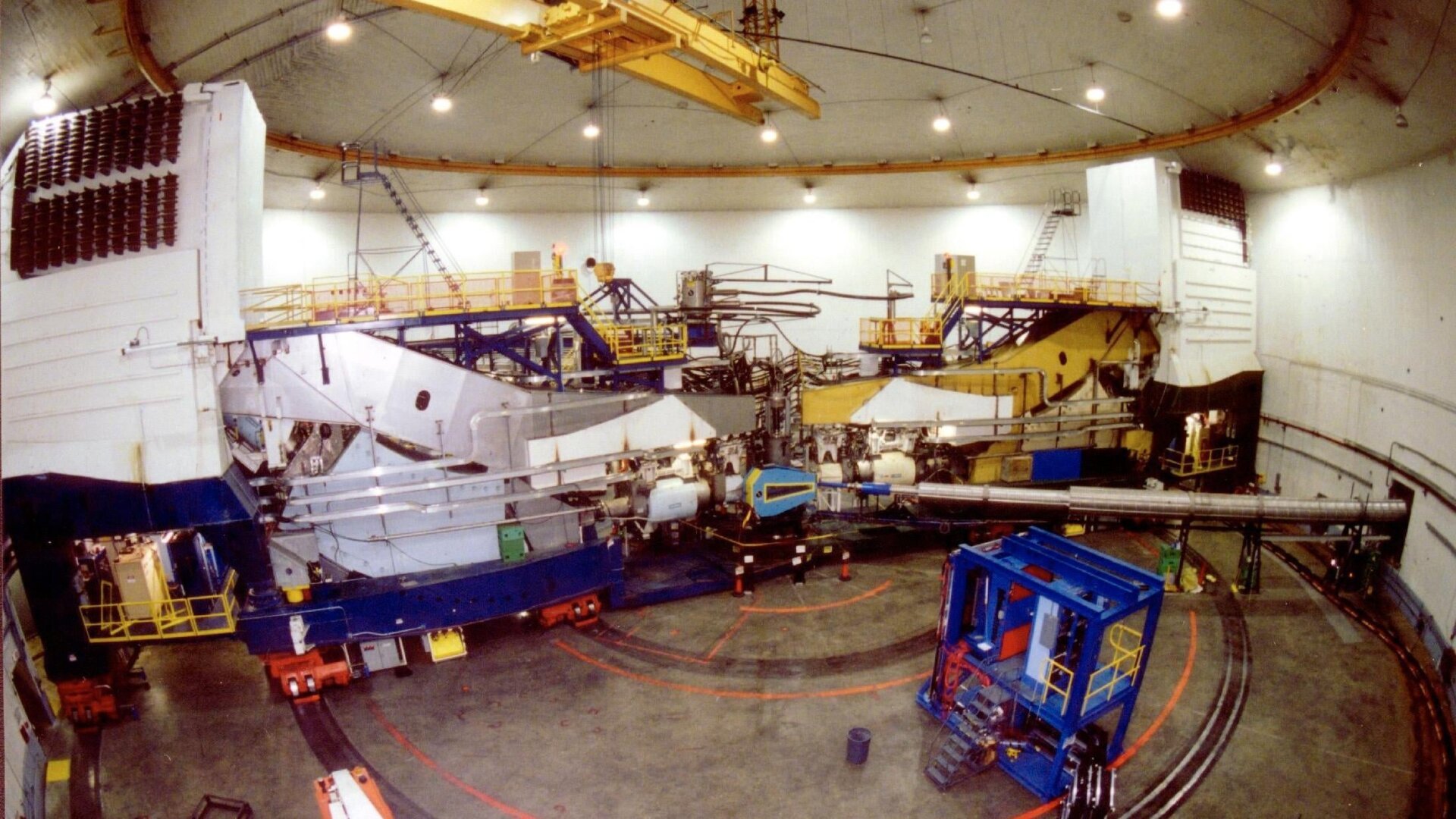Diamonds are renowned as the hardest naturally occurring material on Earth. However, a recent supercomputer simulation suggests the existence of an even harder material: a “super-diamond.” This theoretical material, potentially found beyond our planet, could one day be synthesized on Earth.
Like regular diamonds, super-diamonds are composed of carbon atoms. This specific phase of carbon, known as BC8 and consisting of eight atoms, is theorized to be stable under ambient conditions, meaning it could potentially exist in an Earth-based laboratory. BC8 is a high-pressure phase commonly found in elements like silicon and germanium. The new model suggests that carbon can also exist in this specific configuration.
Frontier, the world’s first and fastest exascale supercomputer, modeled the behavior of billions of carbon atoms subjected to extreme pressures. The simulations predicted that BC8 carbon exhibits 30% greater resistance to compression compared to conventional diamonds. These findings were recently published in The Journal of Physical Chemistry Letters.
While numerous attempts have been made to synthesize this elusive crystalline phase, including campaigns at the National Ignition Facility (NIF), BC8 carbon remains unobserved in a laboratory setting. Researchers believe it may exist within carbon-rich exoplanets.
This isn’t the first indication of ultra-hard materials existing in space. In 2022, researchers discovered evidence of lonsdaleite, a rare diamond form, within meteorite fragments that landed on Earth. Advanced space telescopes like the James Webb Space Telescope are uncovering a wealth of information about carbon-rich exoplanets. NASA’s planned Habitable Worlds Observatory, slated for operation in the early 2040s, promises even greater insights.
Scientists aren’t waiting for a closer look at these distant worlds to investigate super-diamonds, which are predicted to form under the immense pressures found at exoplanetary cores. Understanding the properties of BC8 carbon is crucial for developing accurate models of these exoplanets’ interiors.
Synthesizing super-diamonds in a laboratory environment may eventually be possible. Researchers plan to utilize LLNL’s National Ignition Facility (NIF), the same facility that achieved net energy gain in fusion reactions in 2022 and again in 2023, to explore this possibility through its Discovery Science program. While the realization of lab-grown super-diamonds may still be some time away, this research represents an exciting development in materials science.



